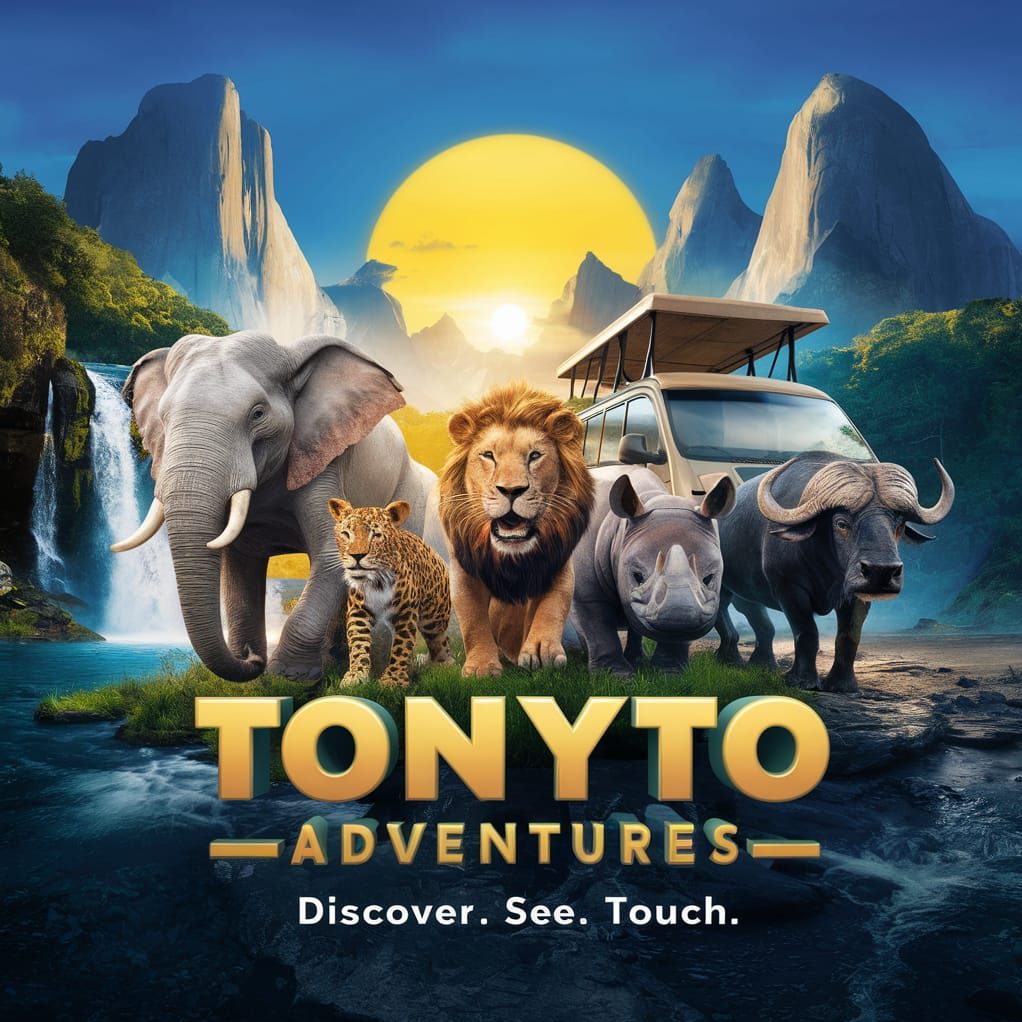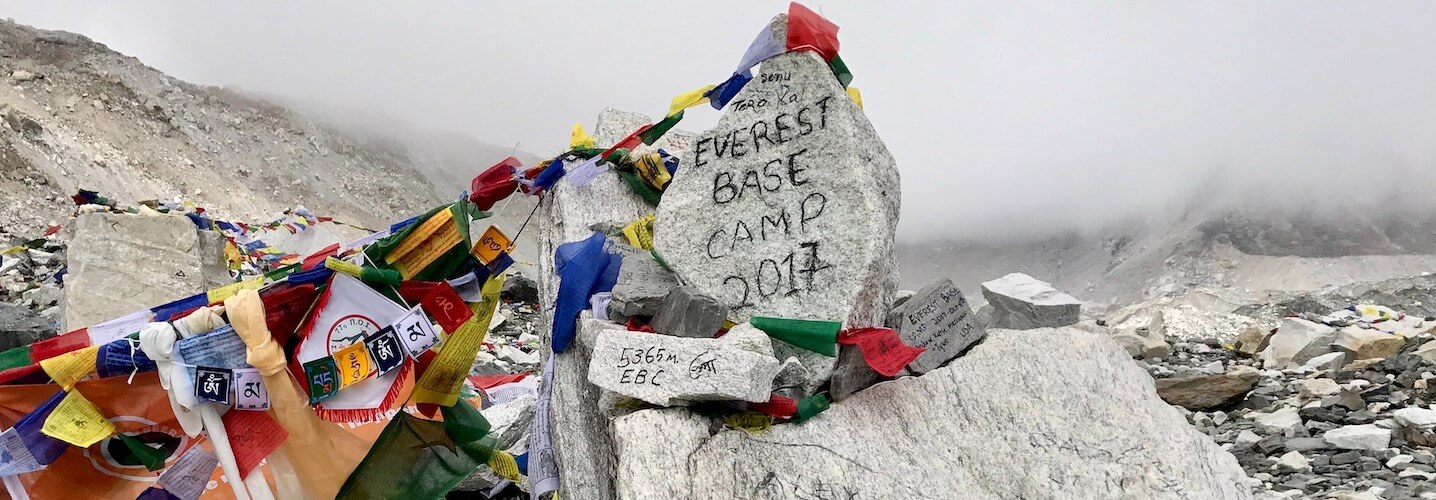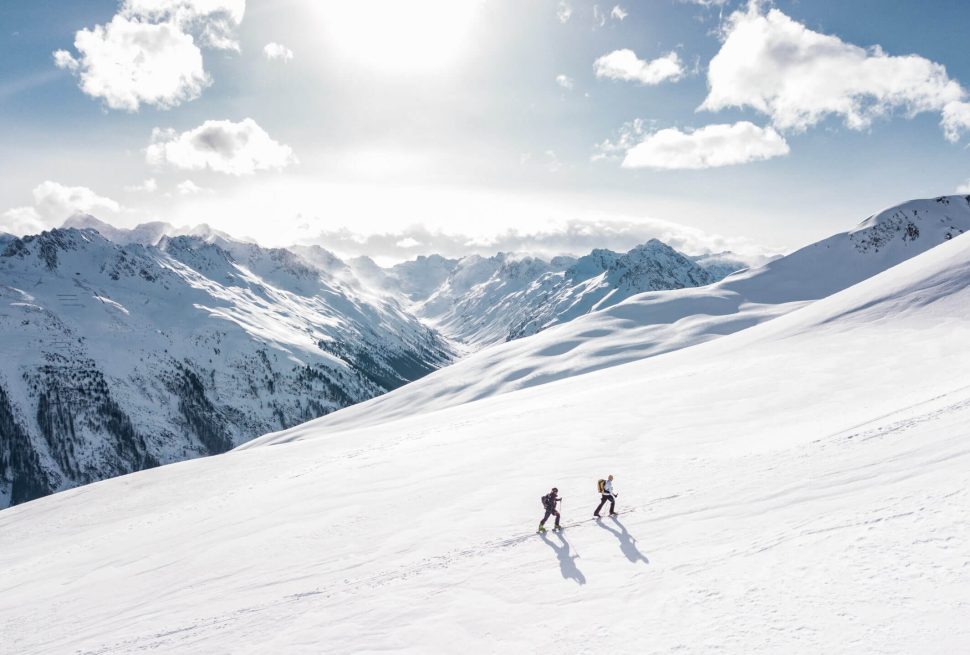A photographic hide is a camouflaged hiding site near a water hole or a bird feeding area where photographer can hide and take the images of wildlife up close without the many hustles and technicalities you may encounter when doing photography in the wilderness. In this guide we will look at some of the photographic hides in Kenya.
Saruni photographic hide
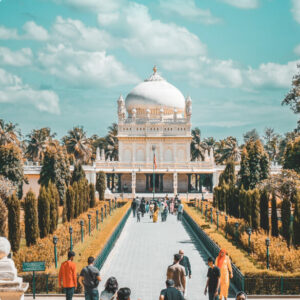
Saruni photographic hide is an open ground level hide set near a watering hole in Kalama conservancy near Saruni Samburu camp. The hide is buried underground and covered with Samburu red earth soil. The installation is formidable and elephant proof to guarantee maximum safety from destruction by animals. Set just a few steps from the hole, the photographic hide is a good start for both experienced photographers and newbies. The saruni photographic hide can accommodate up to 8 persons and is available for both daytime and night photography. Some of the common wildlife you are likely to encounter in this hide include Elephants, wild dog, lions, leopard and many species of wilddogs. The hide has referencing books and maps; and bean bags available.
Lion bluff photographic hide
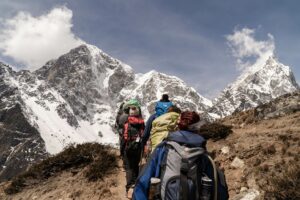
This photographic hide is set near Soroi lion bluff lodge in lumo conservancy in Tsavo West. The hide is set a few steps from a popular water hole popular with wildlife like elephants, Tsavo lions, buffaloes and cheetah frequently appearing. The hide is constructed with local materials and camouflaged with twigs in the surrounding environment. The hide has 8 viewing slots offering a 180 degree panoramic outlook of the watering hole. The facility is furnished with seats and has ample space to fit your tripod. The hide controlled environment enable photographers to experiment with different camera and in different ground level perspectives.
Log pile photographic hide in Ol donyo
This photographic hide is in ol donyo lodge set in a 111000 Ha of private wilderness straddling the scenic chyulu hills. The photographic hide is strategically a few steps from a popular water hole in the vicinity of the lodge. The watering hole is made from the recycled in the lodge and filtered through a basaltic lava rock. The hide is set half way underground with log piles on its sides and its roofing to merge it with the wild; like a pile of fallen timber. With the watering hole being situated along a popular migration route for the wildlife between the two parks, you are guaranteed to spot some any time of the day especially elephant.
Shompole wilderness hide
In the extremely hot and untouched southern rift valley between Lake Natron and Lake Magadi is the largely unexplored shompole conservancy that is a dwelling for an impressive population of wildlife. Here the photographic hide is in shompole wilderness camp. The hide is set in the open dusty plains just a few meters from a large water hole that is popular with wildlife and a wide variety of birds. Shompole photographic hide has a capacity of up to 8 photographers at a time. The hid is adorned with twigs and has open sides to give maximum view. For night photography, the hide is well light giving photographers flexibility in front, back and side lighting. Some of the common wildlife in the water hole are impalas, warthogs, baboons, lions, elephants, African wild cat, leopard and giraffes.
Lentorre hide
The hide is in lentorre lodge in Lake Magadi set on the foothills of the Nguruman escarpments inside Olkirimatian conservancy. The hide launched in September 2020 is sunken at the edge of a water hole to give an eye level perspectives. The space is airconditioned and has two beds and the anteroom has a bunk bed allowing for overnight photography. The photographic hide is sound proof and has professional lighting to enable great low light capability. With the hide set overlooking the scenic shompole mountain, Ol Donyo Gelai and the active ol donyo lengai volcano across in Tanzania, you are guaranteed of capturing images with breathtaking beauty and wide representation of nature. Some of the common animals you are likely to encounter include Egyptian mongoose, giraffes, antelopes and wild dog.
Leopard hide at Ol Malo lodge
Ol Malo lodge is a family owned facility set out in a private ranch in Laikipia. The hide in the facility is set a few step from a water hole surrounded by bushlands and some kopjes. The area is quite endowed with leopard and offer the best places in Kenya where you can have an up close shot for the cats. The hide is sunken to give a great ground level perspective. There are two bunk beds to enable night photography. This hide also has professional lighting to improve low light capabilities. The hide is designed to accommodate up to 6 persons. Other animals that frequent the water hole include elephants, Beisa Oryx, zebras, giraffe, water buck and Gerenuk.
Hippo hide at ol pejeta
This is a sheltered hide set along a stretch of river ewaso ng’iro that run through the ol pejeta conservancy and which has a number of hippos pool. Also referred to as Ol Pejeta nature trail, this hide is made to enable a short walk along the river concealing along rocks and river bank bushlands. Here you are able to photograph and watch these ‘water horses’ up close and in their natural habitat. There are guides placed in the hide to offer necessary guidance and knowledge. You will also encounter wildlife and a wide variety of birds that dwell in the floral-rich river basin.
Scotts hide at Ol pejeta
Scotts hide is another photographic hide in Ol Pejeta conservancy set discreetly in a wooden area of scotts plain near a popular watering hole. The hide is a permanent structure built from local materials to camouflage the surrounding. Scotts hide can accommodate up to 8 photographers at a time. Here photographers has opportunity to come across a wide variety of birds and animals like rhinos, zebras, cheetah, lion, African wild dog and hartebeest. To attract the wildlife to the water hole, salt is periodically laid. Importantly, the flash light isn’t allowed in this hide and is only available or day time photography. The evening 4:30 pm – 6:30 pm are however the busiest hours in the water hole and therefore the perfect time to go for photography. Photographers are also required to wear camouflaged clothes.
Rhino camp hide
This hide is situated near a water hole in the western part of Ol Pejeta conservancy and in the vicinity of Porini Rhino Camp. This hide is set inside a depression just a few steps from the water hole. It is structure is made of an iron cabin which has been painted green and adorned with tree branches in total respect of the surrounding environment. It has ample space to accommodate at least 8 photographers at a time. The hide has a work table and seats where you can relaxing awaiting for animals. There are charging sockets where you can charge the equipment. Rhinos are particularly very common in this water hole making it on the most perfect location you could have a short of the endangered black and white rhinos.
Sarara hide
Sarara hide is in Sarara tented camp in Samburu. The hide is just a few metres from a watering hole. Situated in a hill side setting overlooking the scenic northern Matthew ranges, the images here are adorned with beautiful mountain background. The small hide is set behind a giant log and is adorned with tree branches to merge with the natural surrounding. Sarara hide can accommodate up to 6 photographer and their equipment at a time. Some of the popular wildlife you are likely to encounter while in the hide include elephants, gerenuk, giraffes, zebras and buffaloes.
